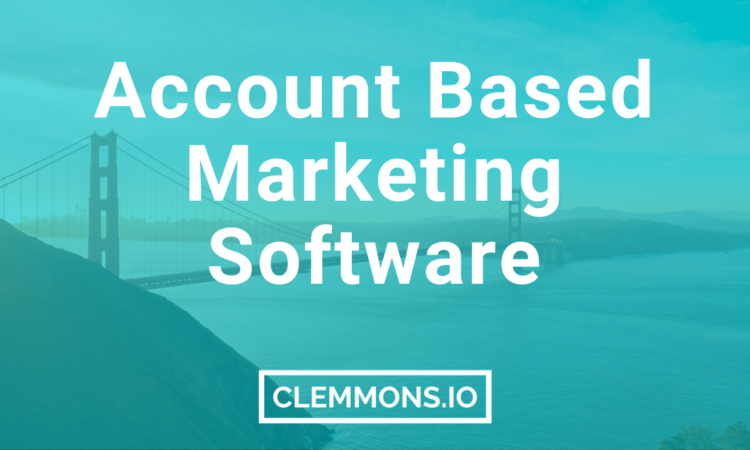
Account Based Marketing Software makes up a significant portion of a modern Go-to-Market technology stack. They help bridge together both sales and marketing efforts into a unified view, where both inbound and outbound tactics can be orchestrated and executed.
The following criteria should be evaluated when selecting your ABM Software partner:
1. Account ID (the ability to see which companies are visiting your website, which is usually determined by installing their pixel on your website)
2. Segmentation & Account List Creation (how easy it is to build account segments based on either firmographic (company attributes like headcount and revenue, technographic (what tools & tech they already use), and engagement level (using a combination of 1st-party and 3rd-party data)
3. 1st-party data integrations (the ability to import data from your CRM and MAP)
4. 3rd-party intent data integrations (TrustRadius, Bombora, G2Crowd, etc.)
5. Account-based advertising (the ability to launch display ads to a particular segment, LinkedIn ad audiences, and others)
6. Orchestration capabilities (the ability to automate sophisticated and simple actions in other apps like Outreach.io or SalesLoft)
6Sense
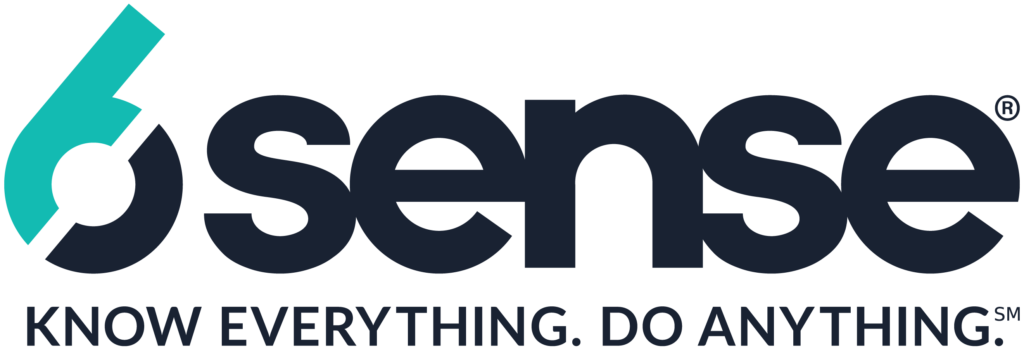
6Sense is one of the best account based marketing tools available on the market today. They offer predictive analytics, which leverages artificial intelligence and machine learning to determine which state of the buyer journey that each account is in. They’ve made several acquisitions recently, most notably being Slintel, which provides firmographic and technographic data in order to help ascertain which companies are in-market, similar to ZoomInfo. It has a wide array of direct integrations available, such as Outreach.io and the embedded iFrame for Salesforce. They have a very large customer success team (100+ and growing), which constitutes over 10% of their personnel. This puts them in prime position to ensure that all customers get the maximum possible value out of the platform.
Their latest focus has been on Revenue AI, or how to best leverage technology to optimize for generating the most of revenue from marketing spend. Some folks are no longer with the company for one reason or another.
Other marketing technology companies, like Pathfactory and Qualified, use 6sense internally within their own offerings (in addition to direct integration).
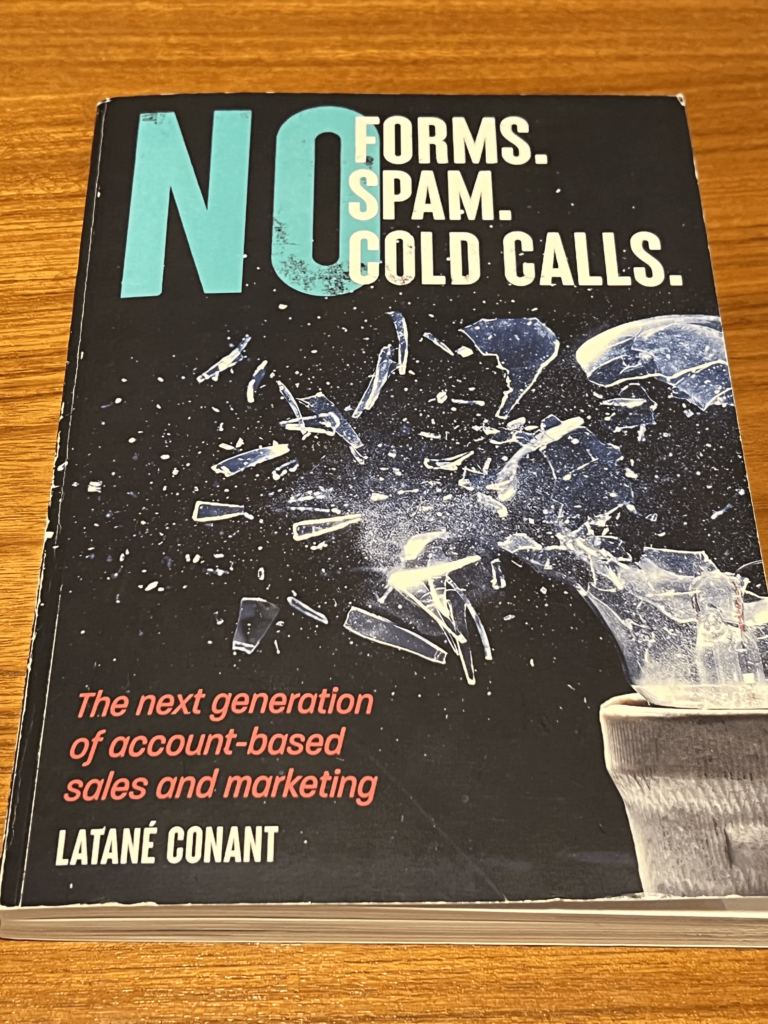
6Sense Pricing
The base platform fee is $170,000 USD for a 2-year contract, which comes out to $85,000 annually, which includes 10 seats for sales. Additional seats are available at $800 per seat per year. Everything is negotiable, however. They charge you extra for having a certain amount of segments.
Demandbase

Jon Miller is the CMO of Demandbase. He previously co-founded Marketo and Engagio, which was acquired by Demandbase. They changed their colors and branding from blue & orange to green and magenta to reflect their new positioning as Go-To-Market (GTM) software and ABX (Account-Based Experience), which is the spiritual successor to ABM. They have several products available:
ABX Cloud – You’ll have to manually define your account engagement scoring (engagement minutes), which you won’t know whether or not is wrong until it’s too late.
Advertising Cloud – You can run ads against account lists and intent keyword sets
Sales Intelligence Cloud (InsideView) – This is their answer to contact databases like ZoomInfo.
Data Stream – This is required if you want to send data from Demandbase into 3rd-party marketing analytics and reporting tools like Tableau or PowerBI
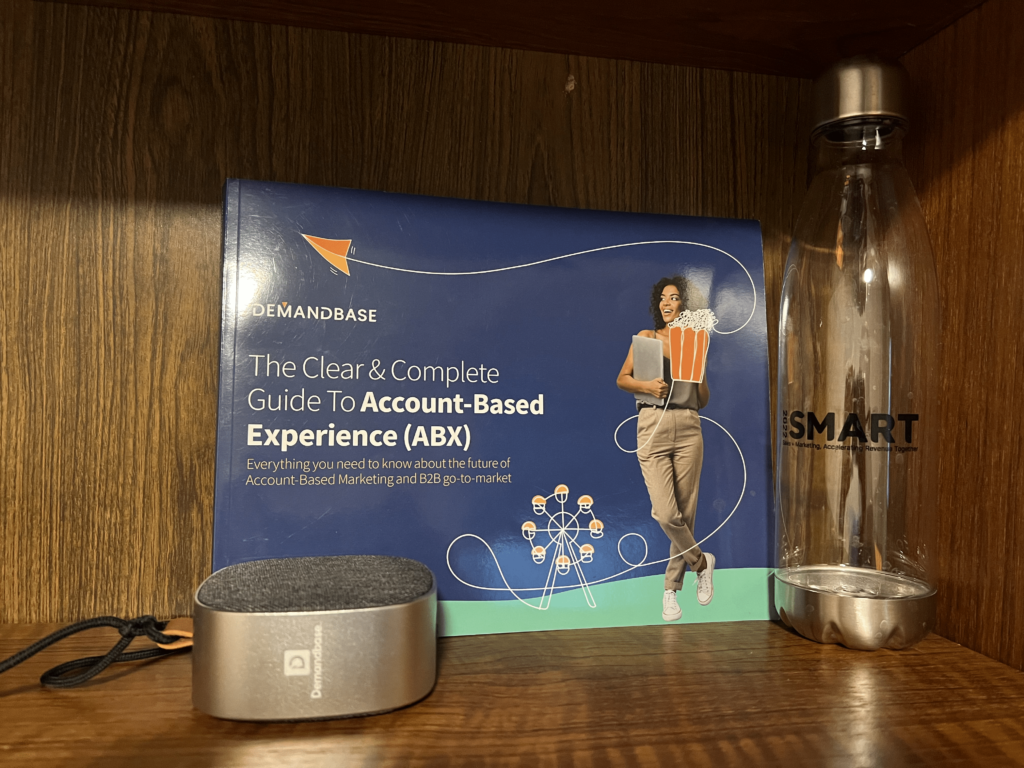
Demandbase Pricing
The price of ABX Cloud, which includes 10 users, is $45,000 USD per year on a two-year agreement.
Advertising Cloud costs $30,000 per year for the license fee on top of whatever Ad spend you have.
Orchestration is $20,000 per year. Personalization is $30,000 per year. Their implementation, support, and services fee is $29,
Data Stream is $30,000 per year.
Metadata.io

Metadata is popular in various marketing communities and slack groups. I’ve seen a lot of their LinkedIn ads. They view themselves as a demand generation platform. Their offering tends to emphasize MQL’s.
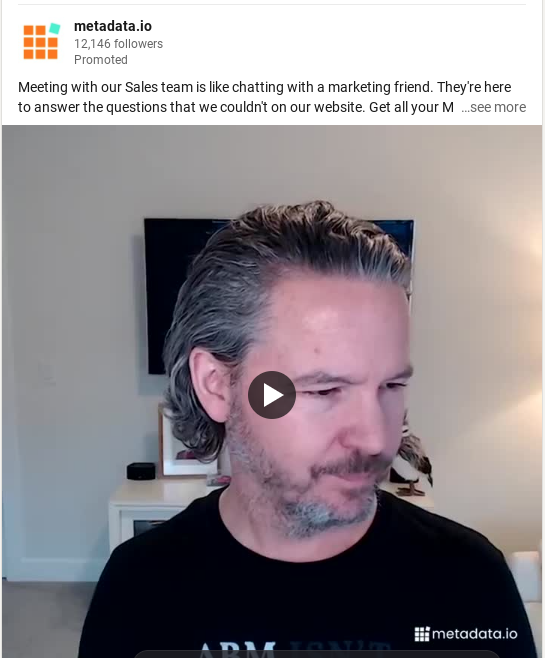
MarketingOS by ZoomInfo

ZoomInfo is trying hard to consolidate and vertically integrate various solutions on the marketplace. MarketingOS is their answer to other ABM tools on the market. Their competitors can’t integrate with ZoomInfo SalesOS (contact & company database), which leaves SalesOS customers in a precarious position; effectively leaving them to straddle two walled gardens. One solution is to jury-rig a make shift solution leveraging their mutual Salesforce integrations in order to enrich accounts that meet certain criteria with buying committee contacts. The other other is to simply succumb and begin to assimilate their GTM tech stack into one vendor.
Terminus

Terminus made a game to promote various ABM tactics along with their partners’ offerings. They laid off a bunch of folks in 2022. Before then, one of their founding solutions consultants, along with one of their top sales reps, left. They have an email signature tool that can be adjusted dynamically. They also have a chat boot tool. Their pricing is also a la carte.
Triblio

Triblio isn’t very good compared to other ABM platforms, but it’s better than nothing. You can create some display ads, and sometimes their pixel works okay. They have a drag & drop orchestration builder.
Jabmo

Jabmo needs to work on their self-service offering. They are headquartered in France. It used to be for the manufacturing industry.
MRP / Prelytics
MRP also needs to work on self-service. How they managed to advance this far into the market without such capabilities is a mystery. They tend to emphasize content syndication.
6Sense is the best ABM platform thanks to its enhanced predictive modeling capabilities powered by artificial intelligence. It also has an extensive list of integrations. Demandbase One comes in second place.
The two ABM platforms offer identical functionalities Demandbase has superior swag (promotional materials), while 6Sense throws more extravagant events. In terms of complexitiy, Demandbase One can offer a bit more sohpisticaiton for those that fully understand the platform.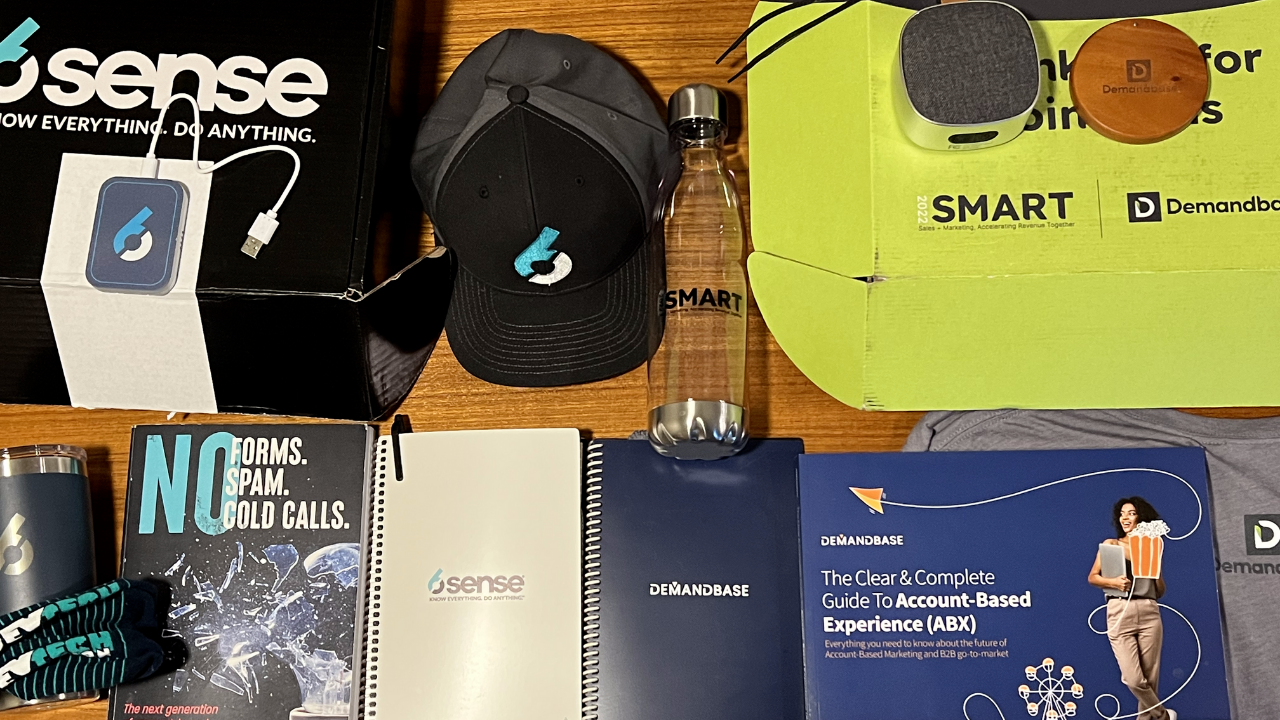
Anywhere from $70,000 up to $300,000 USD at the enterprise level.

